Nampt Potentiates Antioxidant Defense in Diabetic Cardiomyopathy
- PMID: 33928788
- PMCID: PMC8513534
- DOI: 10.1161/CIRCRESAHA.120.317943
Nampt Potentiates Antioxidant Defense in Diabetic Cardiomyopathy
Abstract
[Figure: see text].
Keywords: apoptosis; diabetic cardiomyopathies; fatty acids; fibrosis; oxidative stress.
Figures
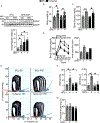
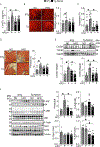
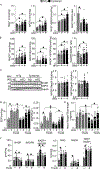
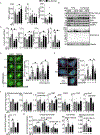

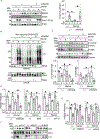
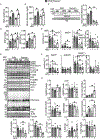
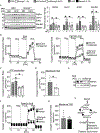
References
-
- Engin A The Definition and Prevalence of Obesity and Metabolic Syndrome. Adv Exp Med Biol. 2017;960:1–17. - PubMed
-
- Paolillo S, Marsico F, Prastaro M, Renga F, Esposito L, De Martino F, Di Napoli P, Esposito I, Ambrosio A, Ianniruberto M, Mennella R, Paolillo R and Gargiulo P. Diabetic Cardiomyopathy: Definition, Diagnosis, and Therapeutic Implications. Heart Fail Clin. 2019;15:341–347. - PubMed
Publication types
MeSH terms
Substances
Grants and funding
LinkOut - more resources
Full Text Sources
Other Literature Sources
Medical
Molecular Biology Databases
Miscellaneous

